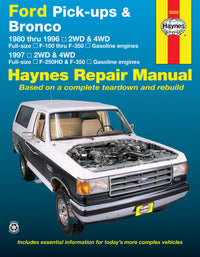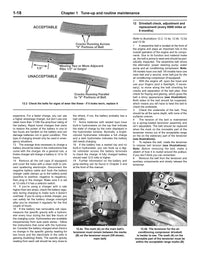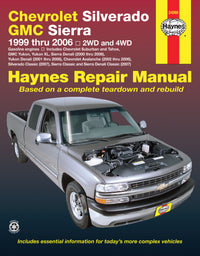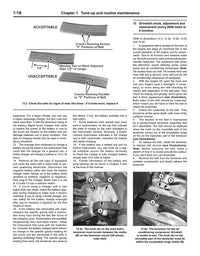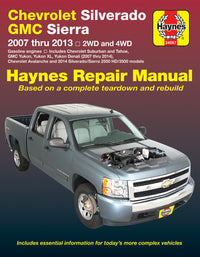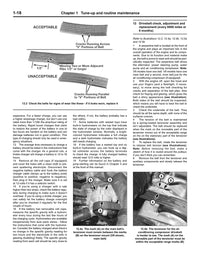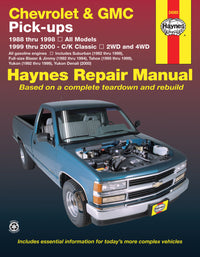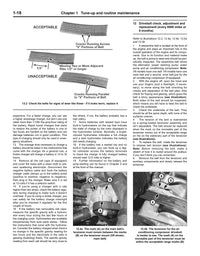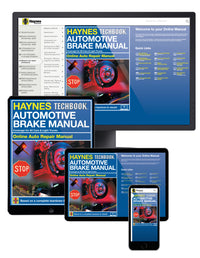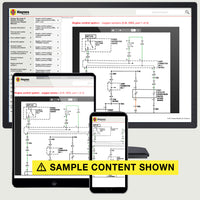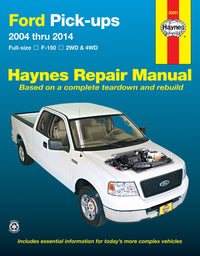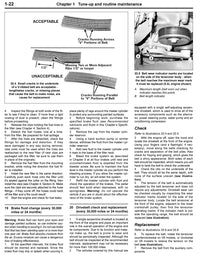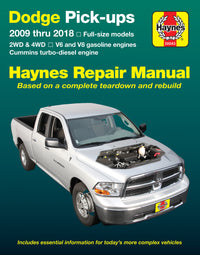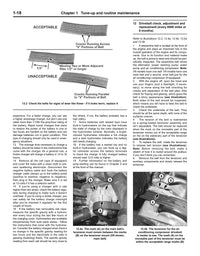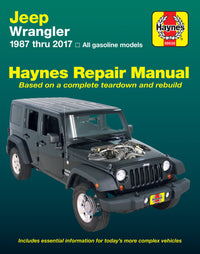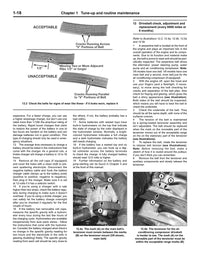Back when the first cars were just hitting the road, headlights were pretty rudimentary, and comprised a candle inside a glass housing. Later, technology advances included gas-burning lanterns and kerosene lamps, similar to the ones Coleman still makes for camping. It's fair to say that when it came to lights, most drivers were still in the dark. But then again, these cars were only traveling at the pace of a brisk jog.
Step forward Thomas Edison, the inventor of the incandescent light bulb, who came up with first long-lasting headlamps for cars that could handle the vibrations. Indeed, most cars today still use lights based on his original designs.
Simply put, a common light bulb has a filament and when electricity is applied, the filament gets very hot and reaches a state of incandescence (glows bright red/orange/yellow). Incandescent light bulbs are not very efficient - about 5%-10% goes to making light and the rest makes heat.
The newer LED and Xenon HID lights use a different system, and are much more efficient, producing more light, and less heat, from a given amount of electricity.
What are Halogen Headlights?
Typically, incandescent light bulbs have the filament in a vacuum, but car headlights are filled with special gases in the halogen family (usually iodine or bromine). Halogen reacts with the hot filament to help create a larger amount of light that is much whiter in color, because the filament burns hotter. Burning hotter allows them to give off more light.
The downside is that halogen bulbs must be made of special glass and handled in such a way that you don't leave fingerprints on them. These can cause a hot spot on the glass, which can cause the bulb to fail within minutes.
What are Xenon HID Headlights?
HID (which stands for High Intensity Discharge) light bulbs are filled with xenon gas, and there is no filament; instead, a spark is created inside the HID bulb between two electrodes. However, this requires a much higher voltage in order to make the jump. HID headlights create a much more powerful light - measured in thousands of lumen - for a given amount of wattage used.
A ballast is used to step up the 12 volts from the car's electrical system to 24,000 volts of electricity, which creates a potent spark and ignites the Xenon gas mixture. Once the spark is lit, the voltage is dailed back down, but still measures thousands of volt.
Discover how to change the headlight bulbs on your car!
Pros/Cons of Halogen Headlights
Halogen does not emit as much light as a HID light, and road vibrations will cause the halogen incandescent filament to slowly decay and burn out.
But, halogen headlights are dirt cheap because they have been made for more than 50 years. While there are some HID retrofit kits available, halogen and xenon bulbs need a different reflector and mount in order to provide the best light; it is not just a matter of changing bulbs.
Pros/Cons of Xenon HID Headlights
There are many advantages to the Xenon HID headlight:
- Xenon light is 100 times brighter than halogen
- Xenon can last 10 times longer than halogen
- Xenon produces a cleaner crisper light than a halogen bulb
- Xenon light is whiter, bluish light whereas halogen is more yellowish
- Xenon headlights produce more light/less heat
At night, the Xenon HID headlight projects a beam of light that projects farther ahead, while better illuminating the sides of the road. Remember, the better you see the more time you have to react.
The biggest drawback to HID lights is the expense, but while the price is coming down on them, they may soon be eclipsed by widely available, less expensive LED units.

